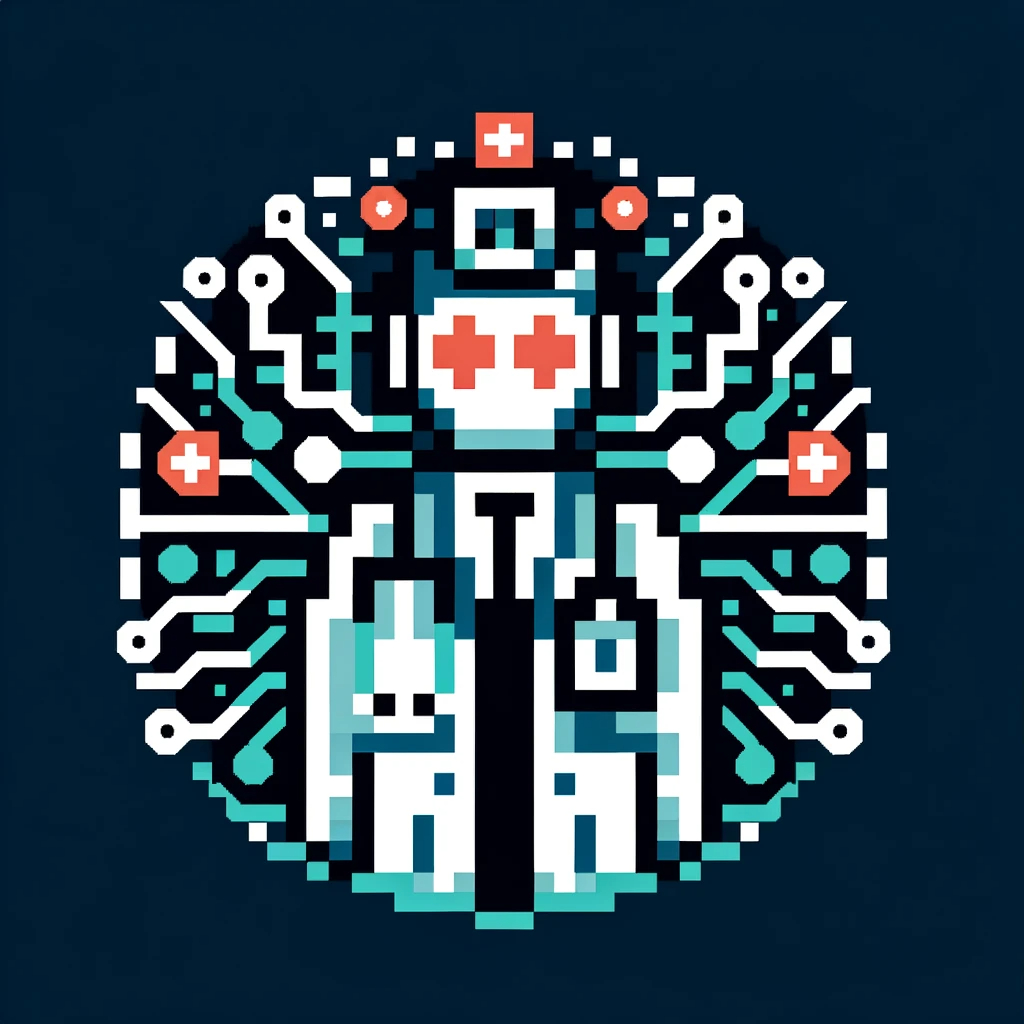Towards a Rosetta Stone for (meta)data: Conclusion, Acknowledgements, & References
by
March 8th, 2024
Audio Presented by

The #1 Publication focused solely on Interoperability. Publishing how well a system works or doesn't w/ another system.
About Author
The #1 Publication focused solely on Interoperability. Publishing how well a system works or doesn't w/ another system.